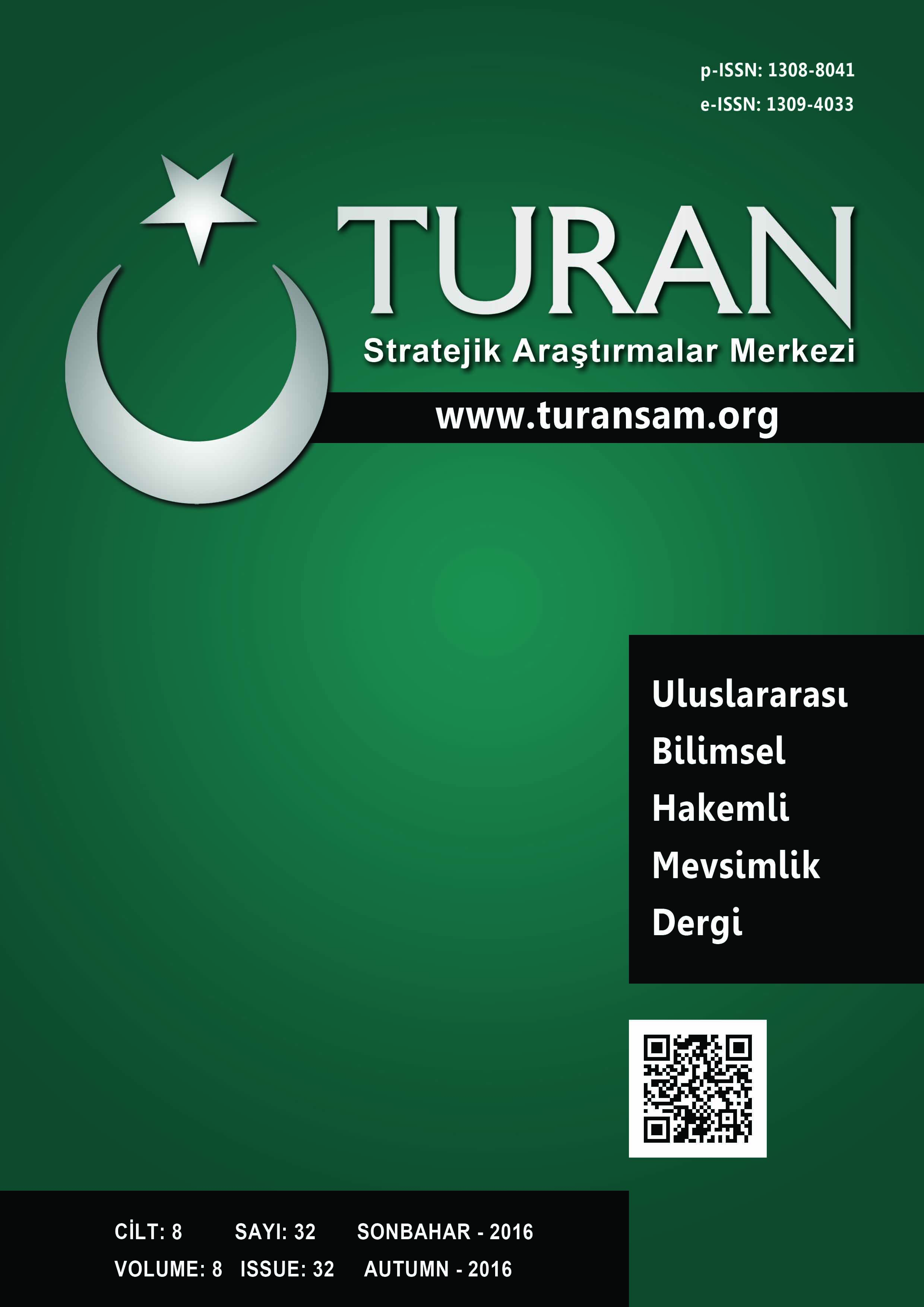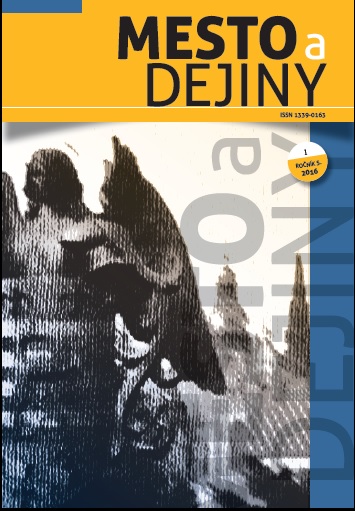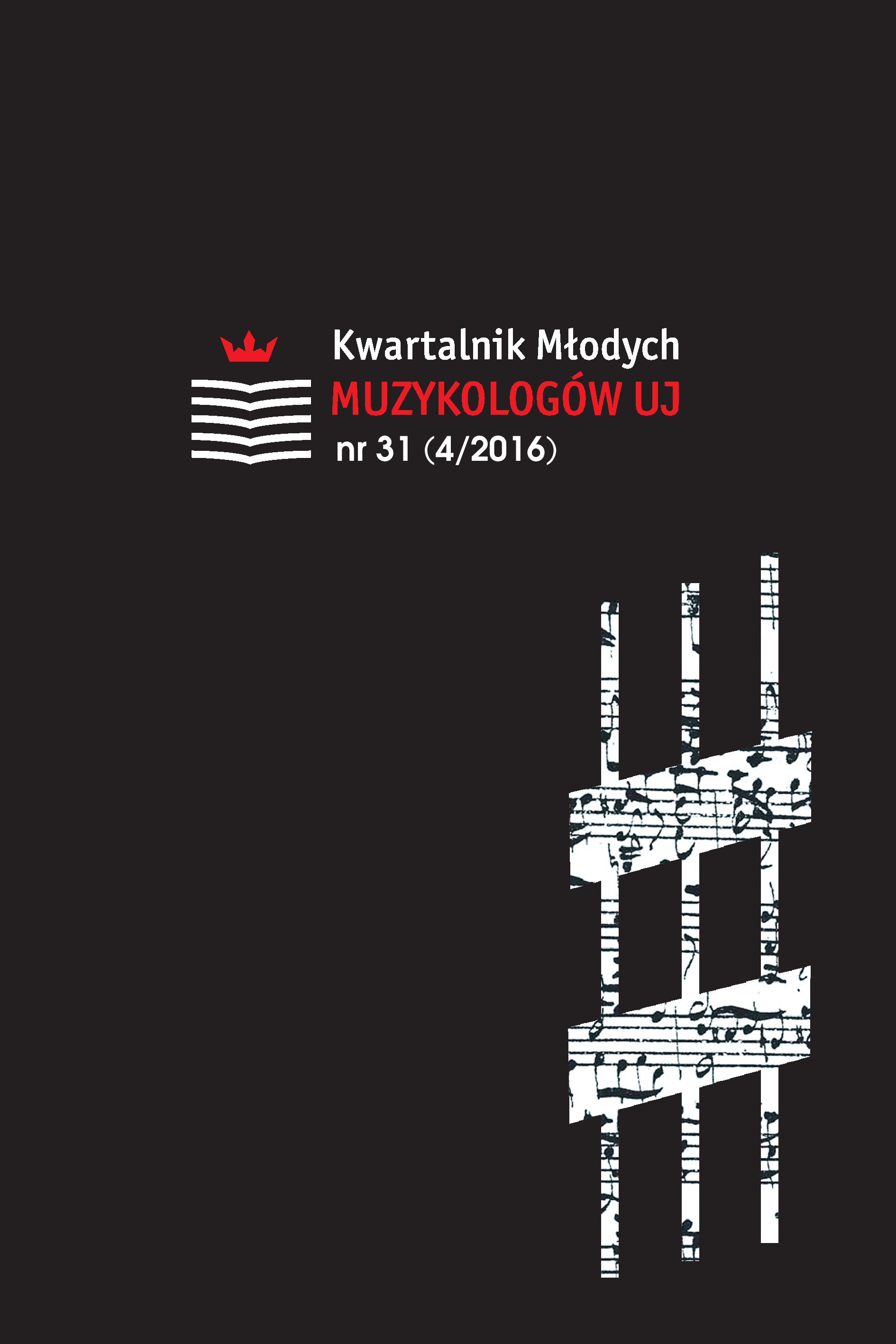Author(s): Aynur Kadimaliyeva,Çinara Kahramanova / Language(s): Turkish
Issue: 30/2016
In investigating the words used in Azerbaijani-turkish written monuments of XV century, the importance of the ethnographic vocabulary is special. The ethnographic vocabulary reflects the history, national-spiritual values, traditions, customs, various ceremonies, as well, ethnic opinions and the presence of the Turkish peoples. In this respect, the comparative investigation of the words used in this vocabulary related to the ceremonies, religious beliefs, about food, clothes, and etc. is important in finding out modern Turkish peoples’ similarities or different aspects in the material and spiritual cultures. To our mind, investigation of these words in the old Turkish language monuments, above all, can contribute even a little to solving some problems due to ethnic history of the Turkish people, formation in terms of resources, their relations with one another and their cultures. We must specially emphasize the importance of the descriptive words while investigating the words used in the monuments of XV century. The ethnographic vocabulary of the Turkish peoples reflects their history, national-spiritual values, traditions, customs and various ceremonies, as well, ethnic worldviews. The historical-descriptive information in The Middle Ages Turkish-language sources, especially in the vocabularies plays an important role for the present.
More...



